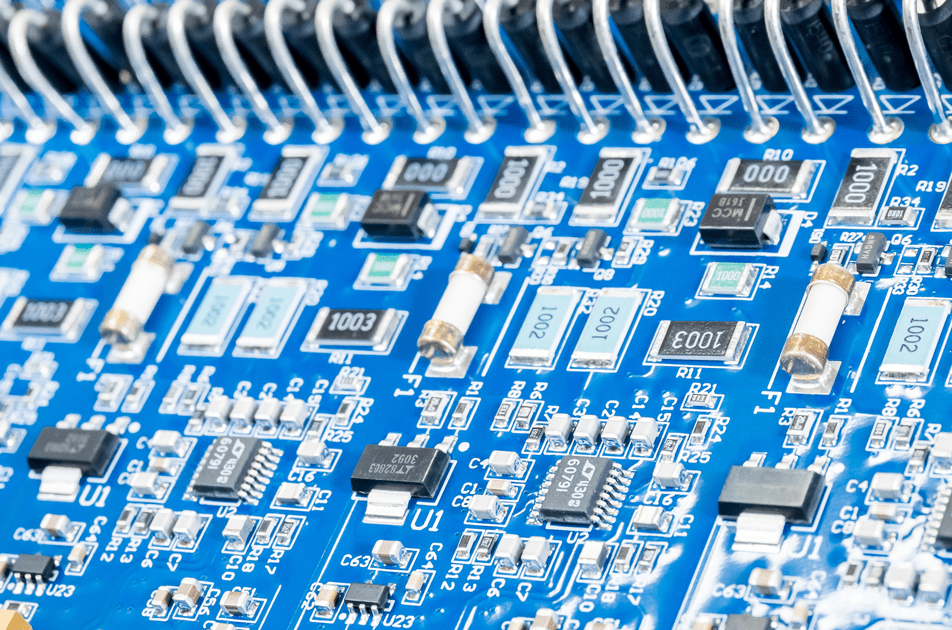Managing your PCB Cost Design

Efficient cost control is a prime consideration for any Original Equipment Manufacturers (OEM) products, especially when the product requires Printed Circuit Boards (PCBs). Cost should be valued from a lifecycle perspective. Calculating an estimate to build a PCB does not guarantee quality, workmanship, and most importantly a sustainable projection. It’s important for any OEM to authenticate their quote process beyond a price comparison.
So how does one achieve the best cost for production? The logical starting point is to examine the various factors that influence the cost of PCB production – validating quality steps, testing and engineering revisions are typically an afterthought. The design process is critical to an effective build.
The number of layers, the required size and thickness, the weight of copper to be used, the routing, the solder mask, surface treatment, colour of the silkscreen, legend printing, PCB performance class, PCB contour, and side or edge plating are some factors to consider. In this post, we identify some of the prime influences on PCB cost and how it can extend into your overall production price structure.
Materials
It should be obvious that the materials used to make PCBs will have an impact on its overall cost. Manufacturers select the substrate and laminate materials depending on the application requirements in terms of operational speed, frequency and temperatures. These materials achieve the mechanical, thermal and electrical properties of your circuit board design so that it functions as it was intended to.
Board Size
Production cost increases depending on the size of the board. There is a direct proportional relationship between the two variables. Larger boards use more material and they typically need a greater number of holes drilled into them as well. Whereas, smaller PCBs have lower per unit costs because they allow for a larger number of circuit boards to be processed per panel.
Layers
More layers means more raw material, manufacturing steps, and more manufacturing time. So, the greater the number of circuit layers, the higher the cost. However, the increase is not proportionate — changing one layer to two layers may increase the cost by about 30%, but adding two more layers to an 8-layer PCB may only increase the cost by 20%.
You must also be aware that reducing the number of layers does not always yield a cost reduction. As the reduction itself may require different design techniques and more complex technologies.
Holes & Rings
PCB design must allow for holes and rings to fit the board while remaining as large as possible. Larger diameter holes are preferred as they require less precision during fabrication. Smaller holes and rings demand greater precision, control and subsequently specialized equipment – all of which will increase your production cost.
Complexity
The more complex the PCB, the higher the cost. PCB complexity determines the number of layers, the number of vias per layer, variations in layers, and the lamination and drilling required during the manufacturing process.
Related to PCB complexity is the concept of impedance control. Certain PCBs may have impedance requirements which necessitate a high level of precision. Your Contract Electronics Manufacturing (CEM) partner must be able to take specified patterns and combine them into a single circuit board.
Panelization & Yield
In most cases, manufacturers can fit several circuit boards on a panel if the PCB size is reasonable. This is important to note because panels come in standard sizes. Effective utilization of board material depends on the area of the panel that is used for PCB installation. As a general rule of thumb, using 77% or more of the panel area for PCBs is considered efficient.
The production volume also has an impact on the production cost of your PCB. For large production runs, panel utilization is a major determinant of PCB cost.
The August Partnership
At August, we understand that circuit boards must be designed bearing these factors in mind. We appreciate your need for efficient cost control in your PCB production. In the grander scheme of things, we also realize that your concern is not just about optimizing the unit cost of the bare PCB, but also controlling the overall manufacturing cost of your product. For example, PCB costs will be lowered if you place more boards on a standard panel sheet. If you intend to assemble a smaller batch of circuits, the one-time tooling cost can be a significant factor. In this case, you may consider paying more for the PCB design to place fewer per panel, while paying less for tooling to assemble them.
August Electronics has the expertise to help you navigate the complex nuances of building your product. The ultimate goal is to get your product to market the most efficient and cost-effective way. Look beyond the small print and define a partnership who considers the full lifecycle.
Contact one of our electronics manufacturing experts today.
